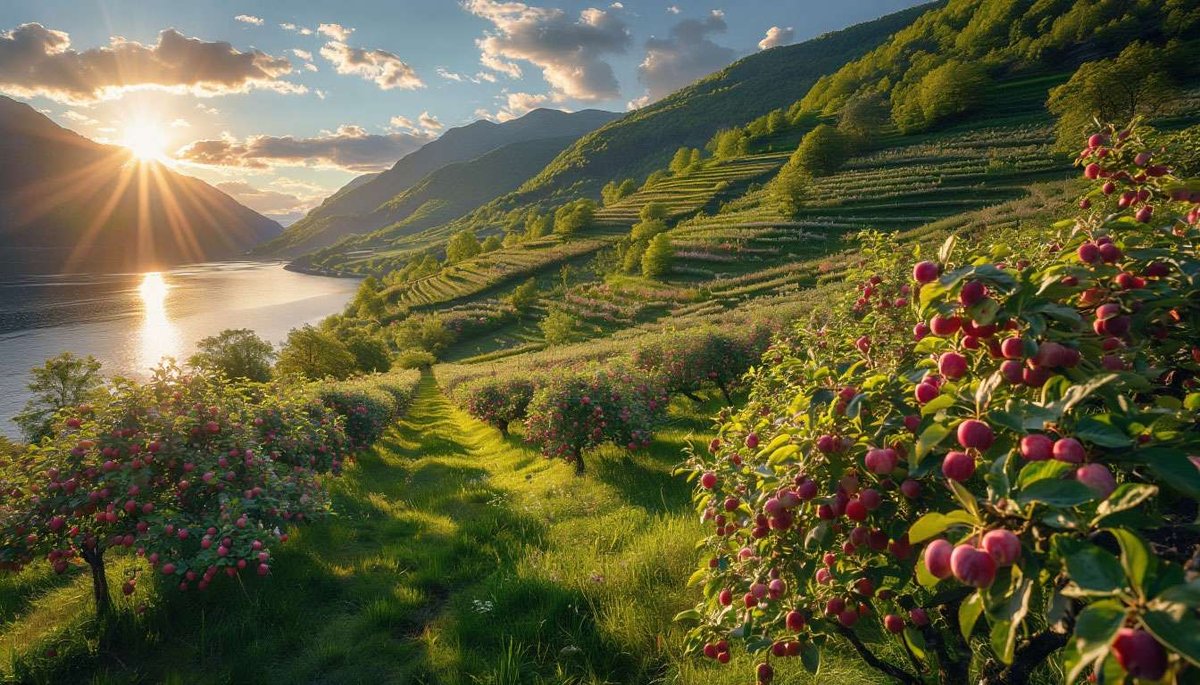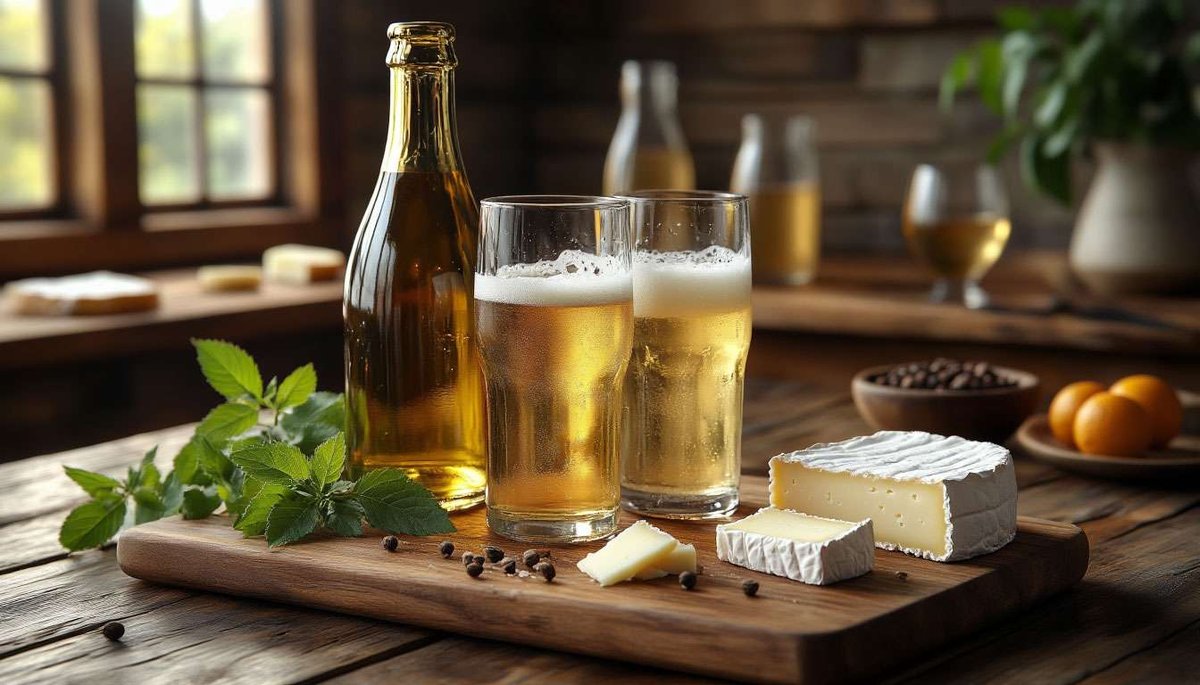Hardanger apple cider and Norwegian craft beer: drinks grown on fjords and pine-covered slopes

Norwegian apple trees cling to the steep slopes of the fjord, catching the sun reflected off the water and enjoying 18-hour summer days. Their fruits are a concentrate of northern light, transformed into refreshing cider with mineral notes. Meanwhile, in former fishermen's warehouses, copper kettles of microbreweries are bubbling away, mixing hops with Norwegian water to create beers that are already winning European competitions. Let's find out how cider and craft beer have become the new calling cards of gastronomic Norway.
Why did Hardanger become Norway's "apple orchard"?
The Gulf Stream moderates the fjord's climate, the reflected sun lengthens the photoperiod, and the slate-granite soils add minerality. Monks were already growing apple trees here in the 16th century, and cider became an important export in the 1870s. Today, the region produces 40% of Norway's apples, and cider has been awarded the protected geographical indication "Hardanger Sider".
What styles of cider are popular and where can you try them?
| Style | Taste | Alc. | Where to taste |
|---|---|---|---|
| Traditional Brut | dry, apple seed, mineral | 7–8 | Hardanger Cider House (Lofthus) |
| Spontangjæret (wild) | fermented, light "funk", melon | 6–7 | Alde Sideri (Kinsarvik) |
| Is-sider | icy harvest, caramel, honey | 11–12 | Åkre Gård (Utne) |
| Huml Sider (hop) | citrus, herbs, mustard | 6 | Siderhuset Ola K. (Jondal) |
From May to September, you can buy a Sidercruise: a boat travels along the fjord, stopping at three farms where tourists can try 3–4 samples and snack on goat cheese.

How did Norwegian craft beer make it onto the world stage?
In 2003, the Nøgne Ø brewery (Grimstad) was the first to brew an American-style IPA. Then Ægir Bryggeri (Flåm) and Lervig (Stavanger) began experimenting with aquavit and cider barrels. There are now over 200 microbreweries in the country, and Lervig Lucky Jack and Nøgne Ø #100 have won European Beer Star medals.
What craft beers should you look for and what should you drink them with?
- Ægir Sæson – fruity and peppery; pairs well with smoked salmon.
- Lervig Supersonic – NEIPA with tropical juice; pairing: Reker shrimp.
- Nøgne Ø Imperial Stout – chocolate, coffee; pairing: Kvæfjordkake.
- Haandbryggeriet Norwegian Wood – smoked ale on juniper branches; pairing: pinnekjøtt.

Where to organise a tour or tasting?
- Ciderhuset Balholm (Balestrand) — master class in cider blending.
- Bryggeriet Ægir (Flåm) — Vikingplanke restaurant: 5 types of beer + 5 local dishes.
- Lervig Taproom (Stavanger) — 20 taps, seasonal releases and a tour of the brewery.
- Oslo Beer Week (February) — 50+ breweries, lectures, beer and Brunost pairings.
How to take cider or beer out of the country and what are the Vinmonopolet rules?
Alcohol > 4.7% is only sold at Vinmonopolet (until 6 p.m. on weekdays, until 3 p.m. on Saturdays). Duty-free limit: 2 litres of wine/cider and 2 litres of beer < 4.7% or 5 litres of beer < 4.7%. Cider is often sold in 0.75 litre bottles with cork stoppers; put them in an insulated suitcase, they will survive the flight.
Hardanger cider and Norwegian craft beer are the country's liquid map: the minerals of the fjords, the pine smoke of the pastures, the fruits of endless summer days. On a warm July evening, to the sound of the Trolltunga waterfall, a glass of dry Brut reveals the apple orchards on the hillside, and in winter, a Peter's Stout with notes of aquavit warms you better than a wool sweater. Add a gastronomic tour of cider farms and a tasting at the Ægir brewery, and bring home a couple of bottles — let the north foam up again in your kitchen, reminding you that Norway knows how to turn nature into vibrant flavours.





2 comments
Log in to leave a comment